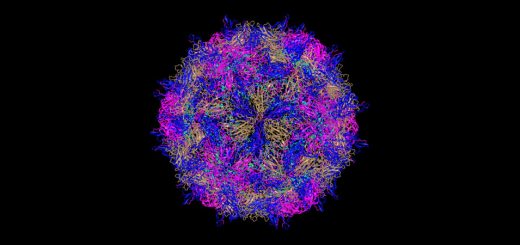Small Thieves.

Insect pollination is a trade-off. An insect in search of nectar will seek it in the flowers of insect-pollinated plant. At each visit, the insect’s typically furry body will pick up some pollen grains from the (male) anthers as it brushes past them, and release others as it shoves past the (female) stigma, which is usually sticky, to get to the nectar. In this way pollen grains are transferred from one plant to the stigma of another, allowing them to reproduce.
Pollen is, however, a good food for insects in itself. Honey bees, bumble bees and many solitary bees have evolved structures on their legs in which pollen grains can be stored and transported, usually for feeding larvae, without losing it when visiting flowers. In this way, a lot of pollen is taken out of circulation. However, bees tend to either collect nectar or pollen on their foraging trips and, because a flower will produce a lot of pollen, the pollination done by bees collecting nectar usually outweighs the losses.
However, it’s a fine balance, and not helped if a flower’s own pollen is transferred to its own stigma by the same bee. To avoid that, some plants are protandrous, meaning their male parts mature before the female parts, and the stigmas only become receptive once all their pollen has gone.
A new study [1] looks at one protandrous plant (the American bellflower, Campanula americana) and how efficiently it is pollinated by bees of different sizes; bumble bees, small solitary bees and the medium-sized bellflower resin bee (Megachile campanulae).
The bumble bees were useful pollinators. On nectar-collecting trips, they deposited as much pollen as they collected, and the bellflowers reproduced nicely. The rest, however, weren’t so good, and seemed to visit flowers in their male-phase much more often than they visited female-phase flowers. As a result, they removed more pollen than they deposited, reducing the bellflower’s reproduction rates.
In the authors’ words, “small bees reduce plant reproduction by limiting pollen available for transfer by efficient pollinators, and appear to exploit the plant–pollinator mutualism, acting as functional parasites to C. americana.”
This certainly seems the case for C. americana which seems to be reliant on bumble-bees for reproductive success for, though bumble-bees go on pollen-collecting trips too, they presumably find the pollen of other species more attractive.
Whether that’s the case for other protandrous flowers isn’t clear, though it’s possible. Megachile bees provide proportionally more pollen than nectar to their larvae [2] and, unlike bumble bees, neither keep stores of nectar or invest energy in the wax needed to store it. Either way, this study sheds interesting light on the exploitation of one floral strategy to enhance reproductive success.
[1] Matthew H. Koski, Jennifer L. Ison, Ashley Padilla, Angela Q. Pham, Laura F. Galloway
Linking pollinator efficiency to patterns of pollen limitation: small bees exploit the plant–pollinator mutualism
Proc. R. Soc. B 2018 285 20180635
https://doi.org/10.1098/rspb.2018.0635
[2] Cane, Jim & R. Gardner, Dale & A. Harrison, Philip. (2011).
Nectar and pollen sugars constituting larval provisions of the alfalfa leaf-cutting bee (Megachile rotundata) (Hymenoptera: Apiformes: Megachilidae).
Apidologie. 42. 401-408.
https://doi.org/10.1007/s13592-011-0005-0


